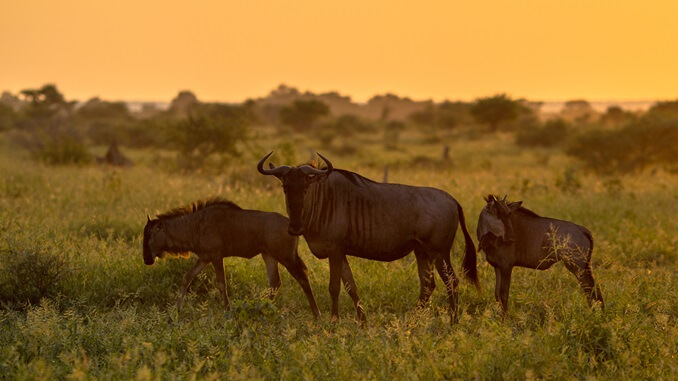Zoos work to protect endangered species by providing safe environments for breeding and care. Many species that are critically endangered in the wild, such as the Amur leopard, benefit from zoo breeding programs designed to bolster their populations.

Many zoos serve as rescue centers for animals that have been injured, orphaned, or displaced. These zoos provide rehabilitation services and, whenever possible, release animals back into their natural habitats.

Zoos are essential for conservation as they provide safe environments for breeding endangered species, conduct research to support wildlife preservation, and raise public awareness about the importance of biodiversity. Through breeding programs and Species Survival Plans (SSPs), zoos help protect animals at risk of extinction and prepare them for reintroduction into the wild.
Zoos primarily focus on conservation, education, and public outreach, often housing a variety of species to teach visitors about wildlife. Sanctuaries, on the other hand, are dedicated to providing permanent homes for animals rescued from harmful situations, with less emphasis on public displays and more on animal welfare.
Zoos raise awareness about the negative impact humans have on wildlife through habitat destruction, pollution, and poaching. By educating visitors about these issues, zoos encourage more responsible behavior and support for conservation efforts.